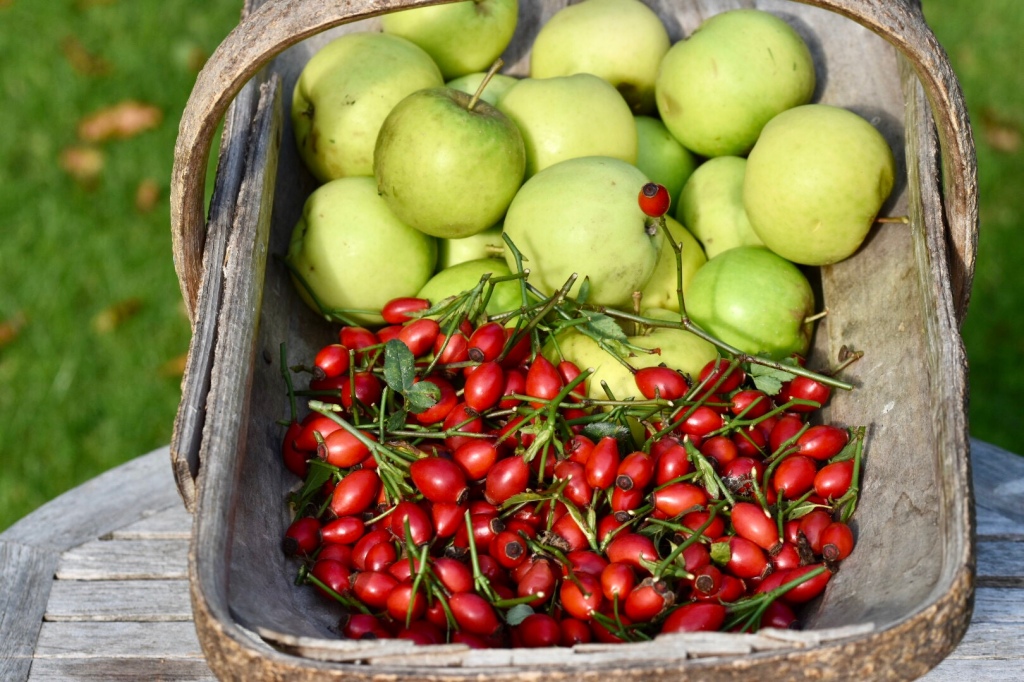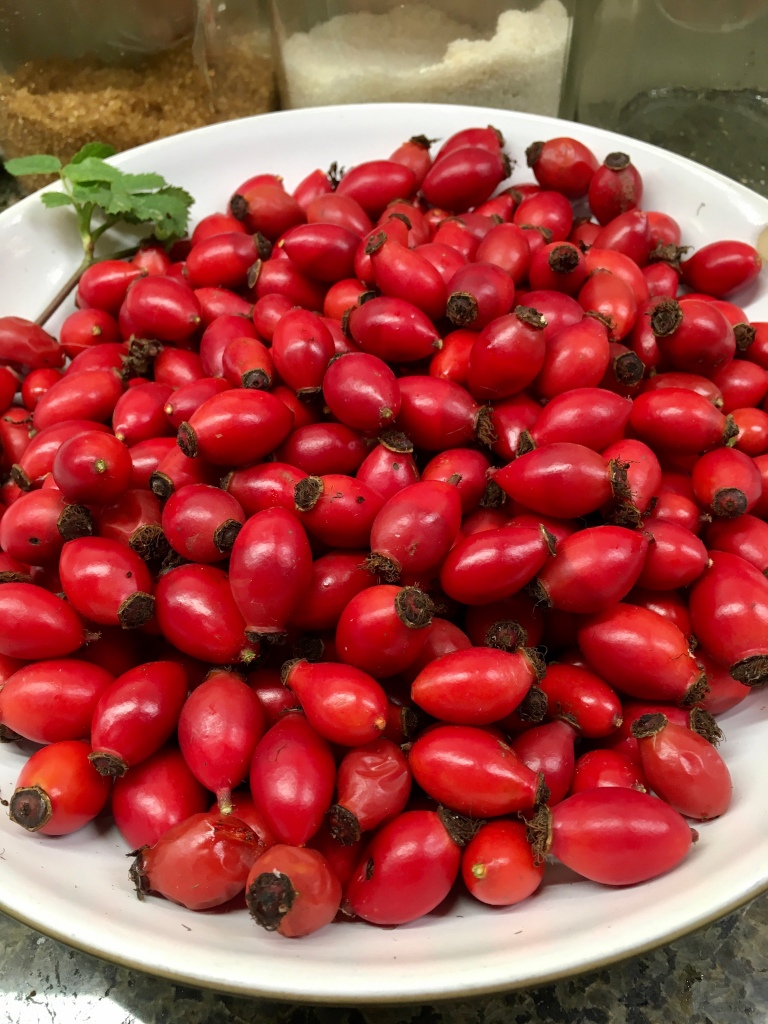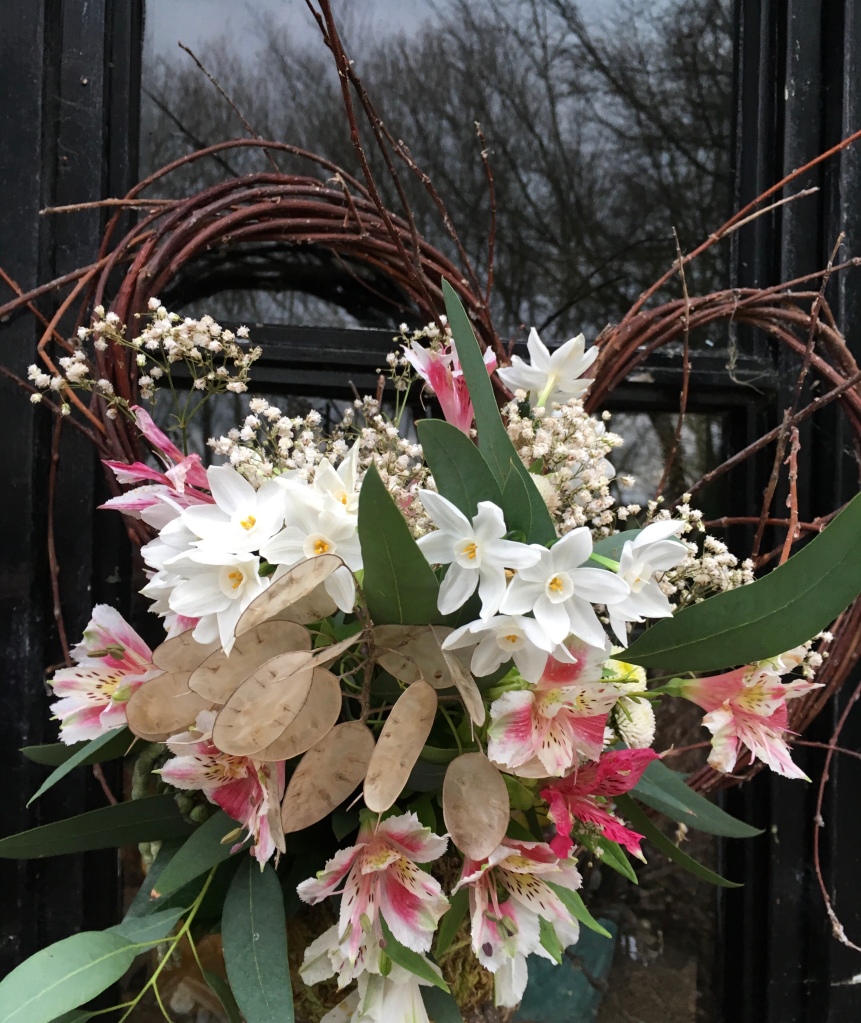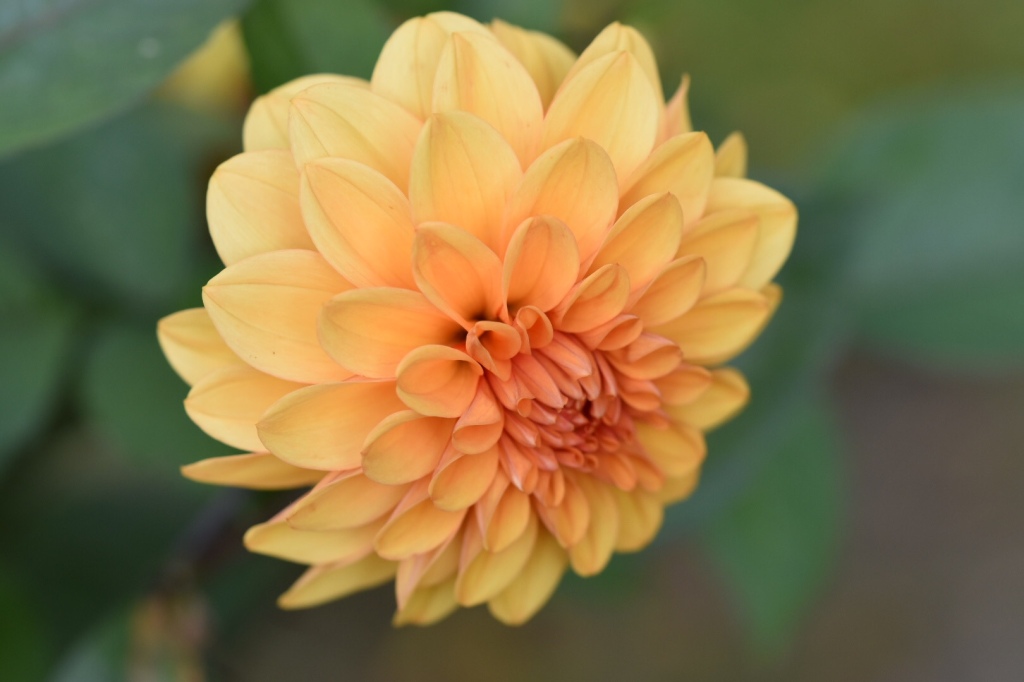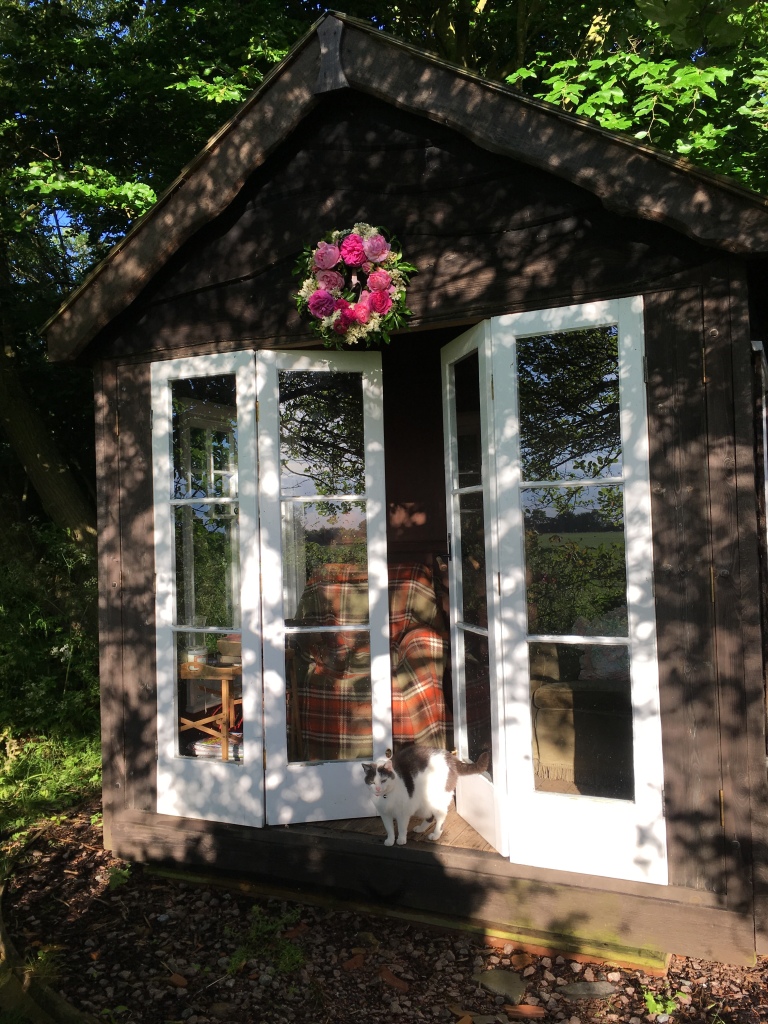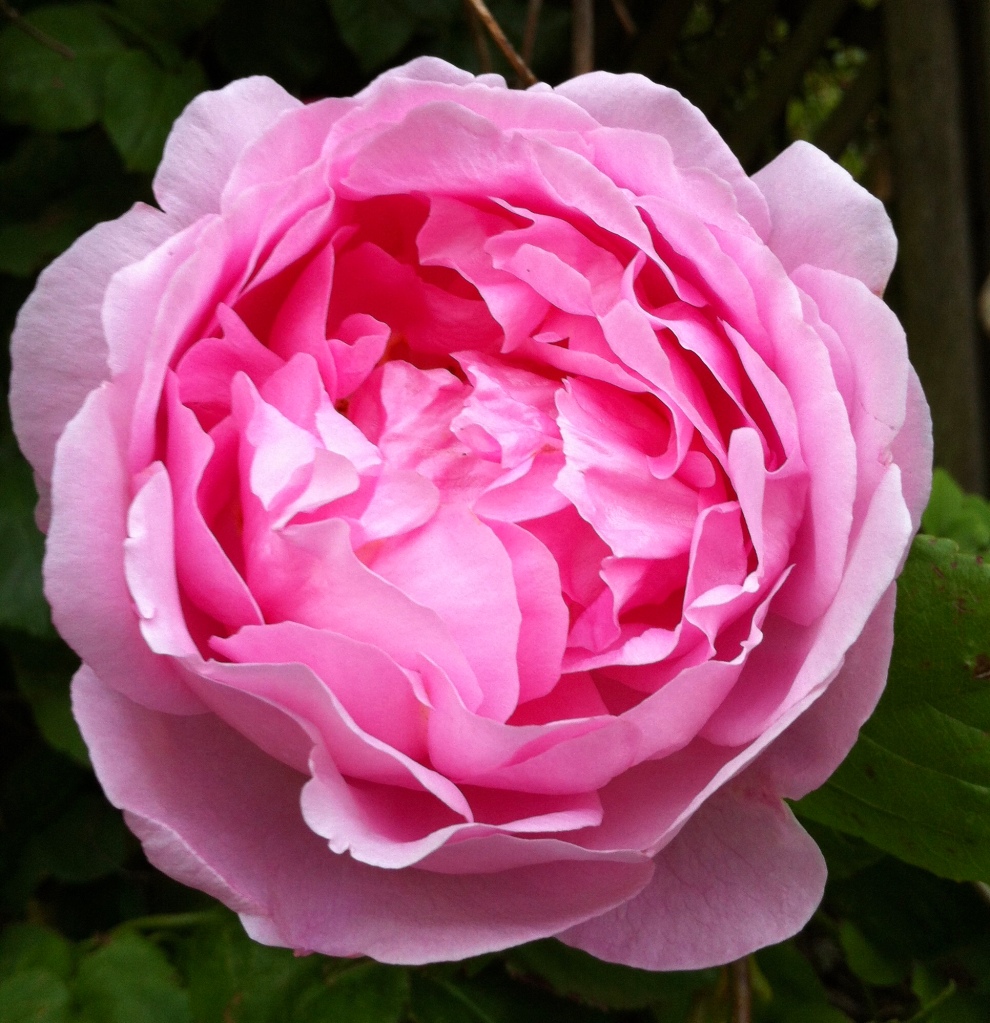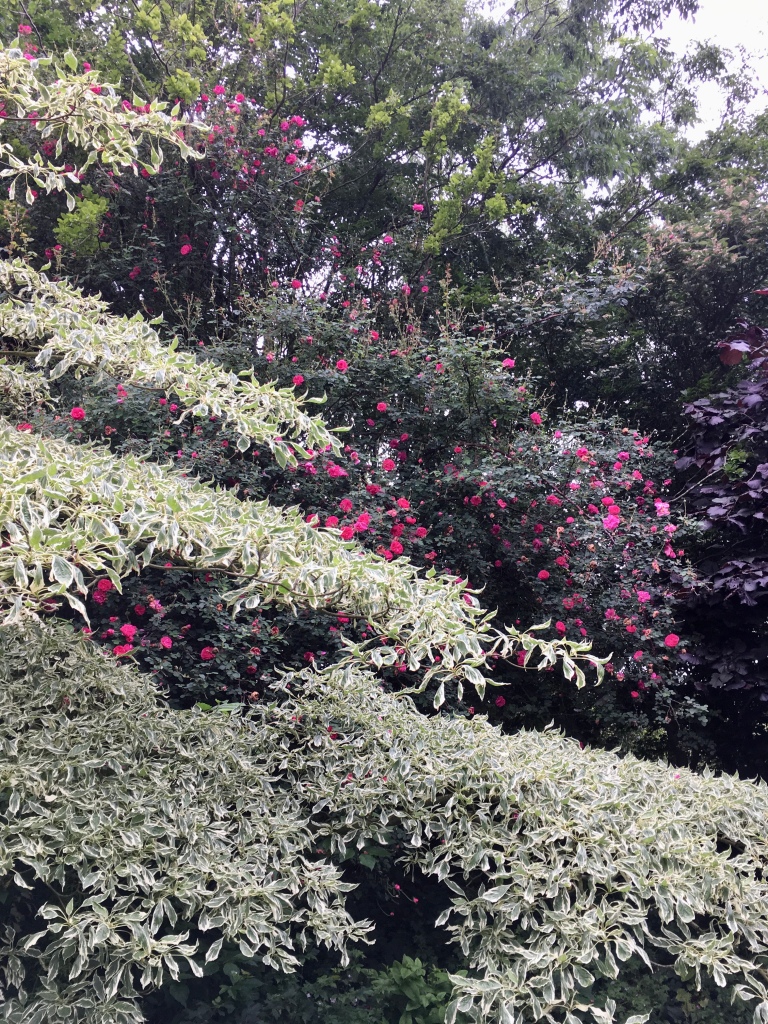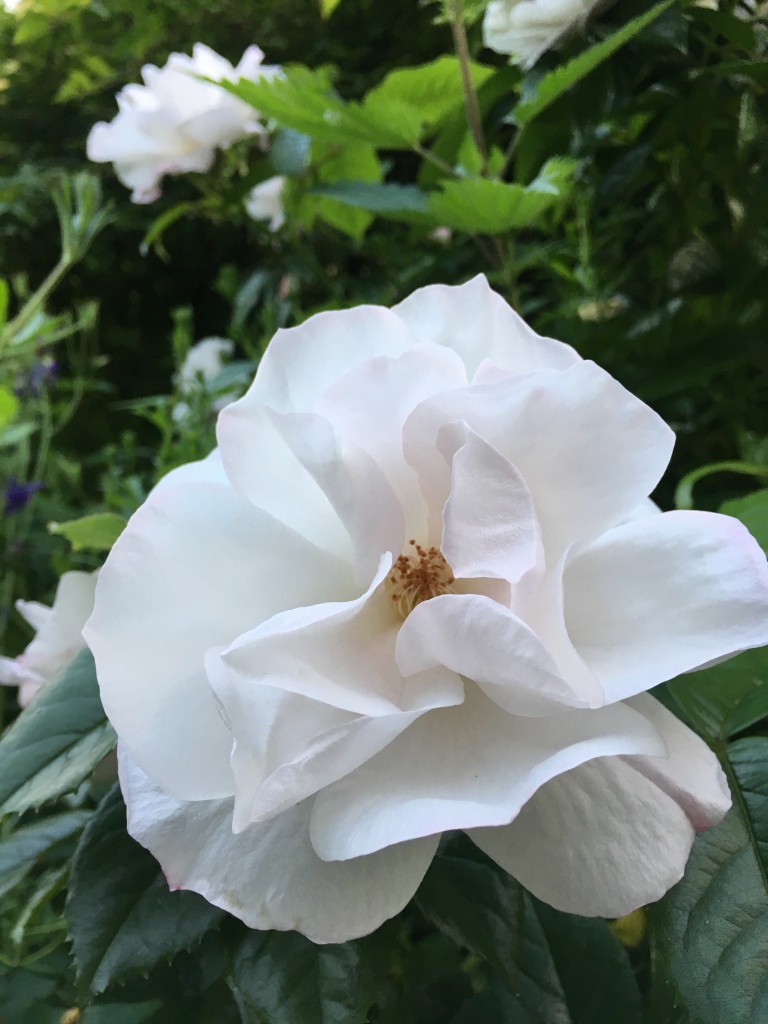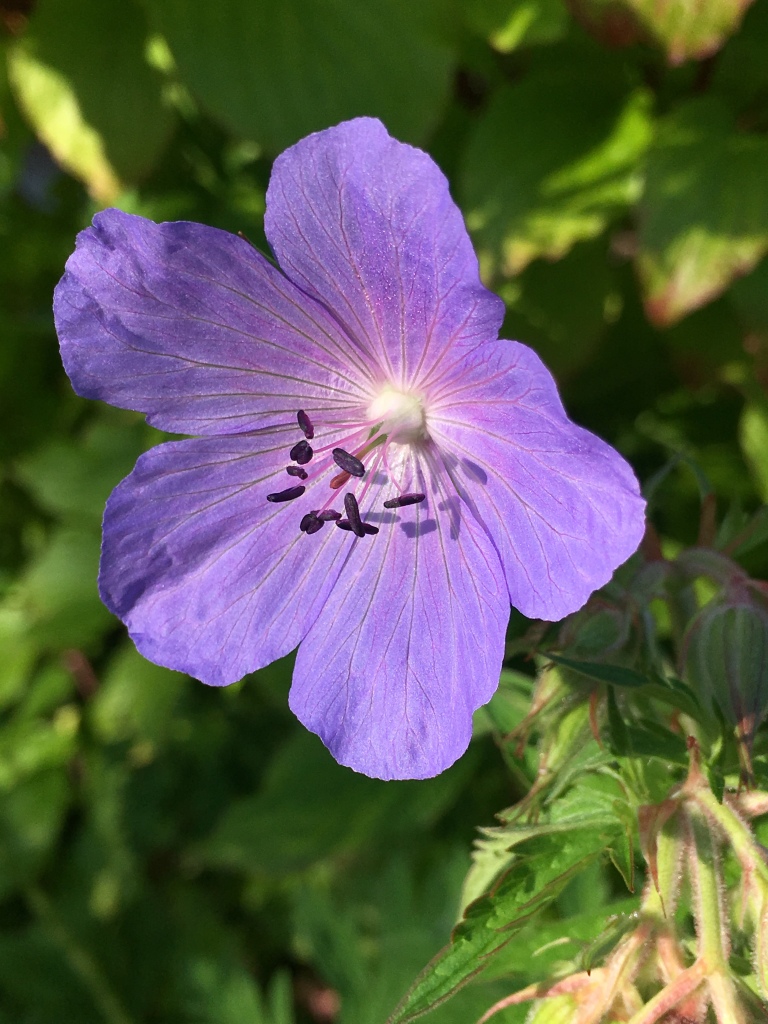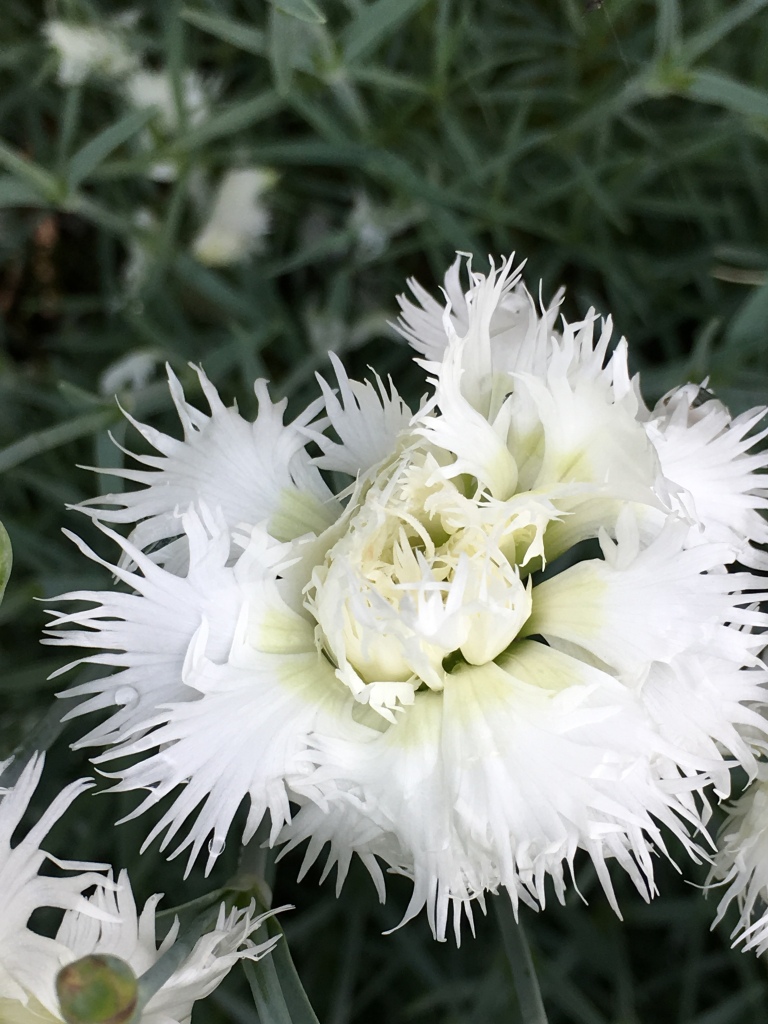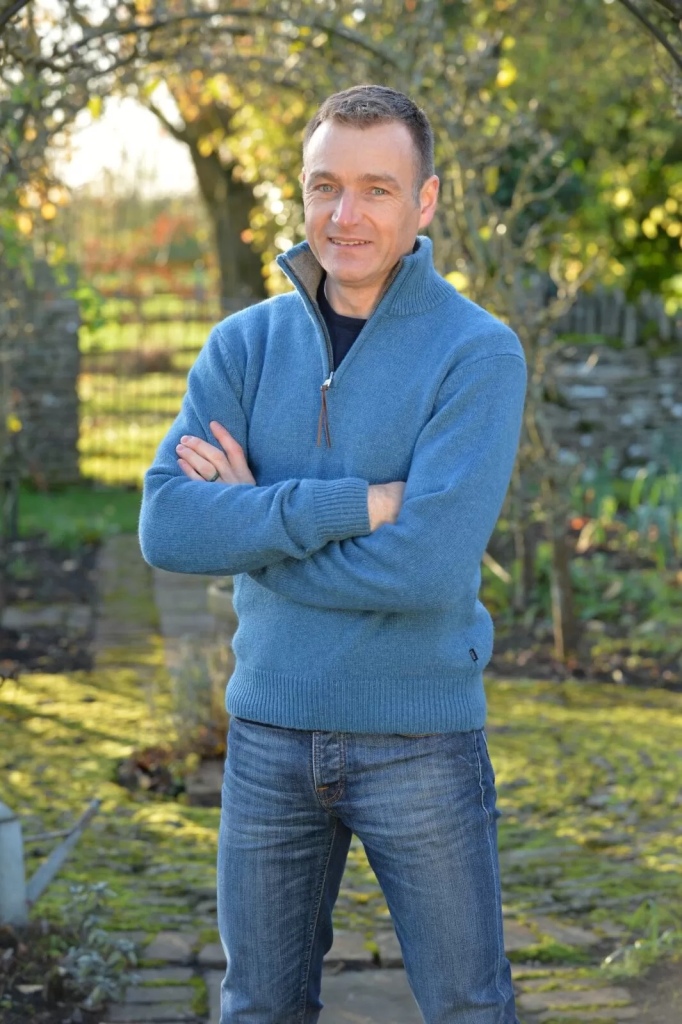
Here’s the link for tickets and information for the LRGT winter lecture. This event supports the trust’s ‘Schools into Gardening Scheme’ which I’ve written about on the blog before.
Information shared from the LRGT website:
“Chris Beardshaw was our Celebrity Lecturer back in 2011. Everyone who heard him on that occasion remembers an entertaining and informative speaker. So, we are anticipating a similar evening.
On this occasion, he will be talking about the English Garden. He will look at some background history and the essential elements that make up the English Garden style. He will then detail some of the designs which he has implemented.
About Chris:
Chris needs little introduction as a celebrated designer, plantsman, and broadcaster. He has clocked up over 35 years’ experience in the horticultural world.
Many will know Chris from his long broadcasting career, which began in 1997 and includes BBC2 television hit series such as Gardeners’ World, Hidden Gardens and the hugely popular The Flying Gardener, amongst many others. These days he is heard by millions as a panellist on BBC Radio 4 Gardeners’ Question Time where he regularly faces a live audience of gardening enthusiasts!
Chris trained in Landscape Architecture (post grad) and Horticulture which makes him a rare combination in the design world and this enables him to combine both disciplines to the benefit of
his clients. His enthusiasm for plants, good design and the desire to work in harmony with the natural landscape and wildlife is reflected throughout his work. His successful design business has
been established for over 20 years and allows Chris the creative freedom to work with private and commercial clients on a wide range of projects across the UK and internationally.
Some of his public schemes include: Le Manoir aux Quat’ Saisons, Royal Parks (Greenwich Park), English Heritage (Mount Grace Priory and Carisbrooke Castle), National Trust for Scotland –
Pitmedden.
Chris has produced award-winning schemes at all RHS shows as well as many international flower and garden shows. Chris Beardshaw Design has achieved close to 40 industry awards, including 15 RHS Gold medals, 6 RHS ‘Best in Show’ and 6 RHS/BBC People’s Choice Awards and a growing number of prestigious international accolades.
Chris has taught students at degree level and was a full-time lecturer at Pershore College from 1997-2001. He has been external examiner at many teaching institutions including Falmouth University and Duchy College.
He has also written a number of books and his book ‘100 Plants that almost changed the World’ won an Independent Publishers award in the USA.
Chris is proud to be an RHS Ambassador.
Venue: Sir Bob Burgess Building Lecture Theatre, Leicester University,
LE2 7TF.
Note that this is a new lecture theatre and is in a different part of the University to last year’s event.The car park is located on Putney Road, Leicester LE2 7TG. The carpark entrance is opposite Nixon Court accommodation. See site map.
This is a ticketed event. Cost: £15 (includes a glass of wine or soft drink.).
For more information or to book contact Fliss on 07788 644887 or email flisshector@gmail.com
All profits from this event will go to support the Trust’s “Schools into Gardening” scheme.
Each year we raise money from our Annual Lecture which, together with donations from members, enables us to support a range of educational projects. Our aim is to help schools and parents encourage children to love gardens and landscapes, through visits and hands-on gardening activities.”
I wholeheartedly support the trust’s projects to encourage children to garden. One year, they funded a coach load of primary school children to visit Kelmarsh Hall to learn about growing food and cooking home-grown produce. Some of the children had never visited a walled kitchen garden before and it was a sight I’ll never forget as their eyes lit up discovering all the plants and cooking tasty treats! Not to mention discovering bugs, ladybirds and butterflies which delighted them too! Children are the future, and anything we do to encourage them into gardening can only be a really good thing to do!
